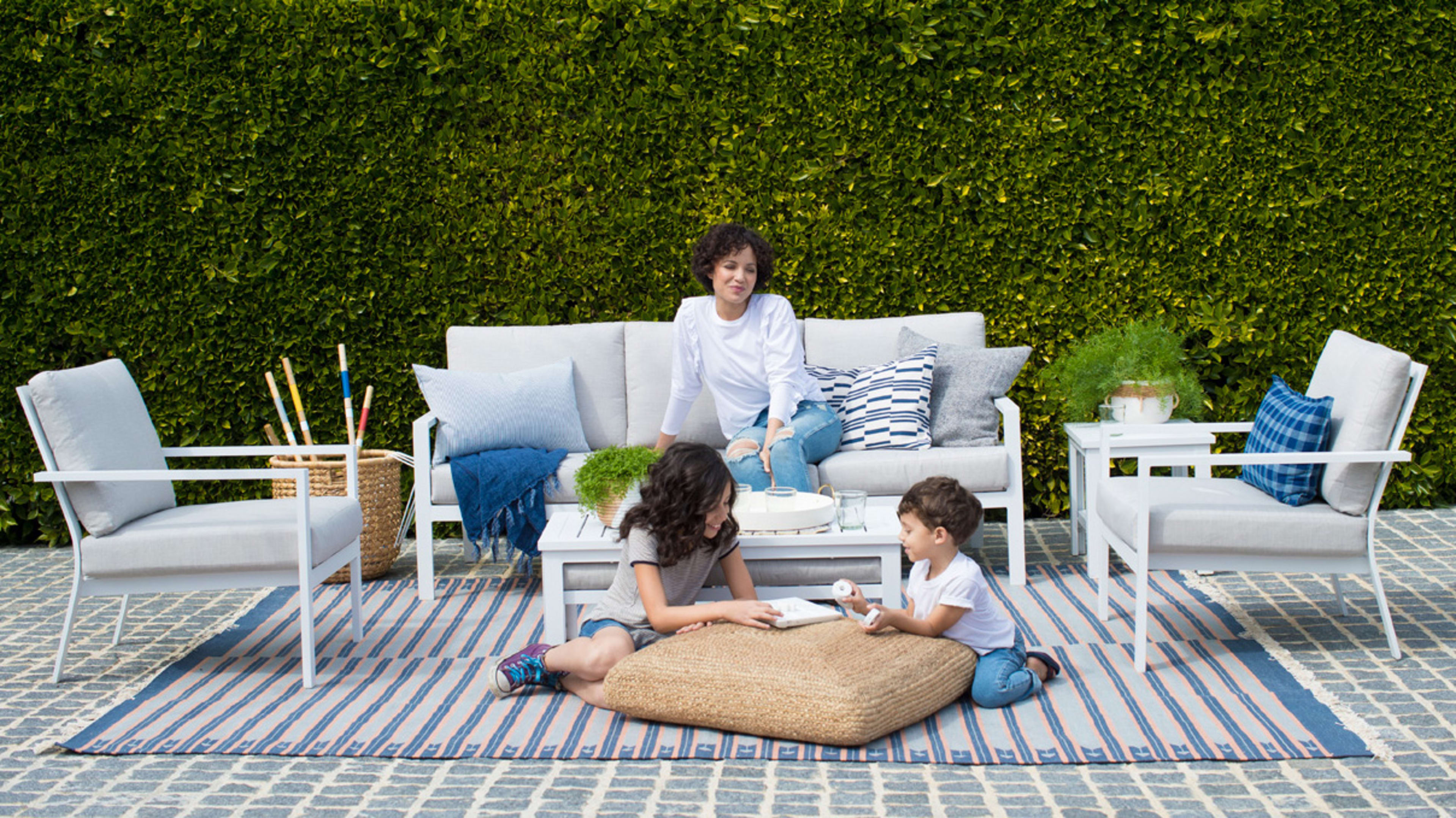Over the last decade, as millennials (roughly, people born between 1981 and 1996) have blown through the milestones of adulthood, direct-to-consumer startups have popped up to cater to each and every life event. Casper mattresses and Burrow sofas arrived on the steps of their first apartments and homes. Away suitcases helped them travel the world. Zola appeared to help them plan their weddings. Colugo arrived to help them carry diapers and children.
Now Yardbird, a new direct-to-consumer startup founded by 34-year-old entrepreneur Jay Dillon, aims to cater to young people who are moving to homes with more outdoor space–and looking for garden furniture to outfit their more spacious suburban digs.
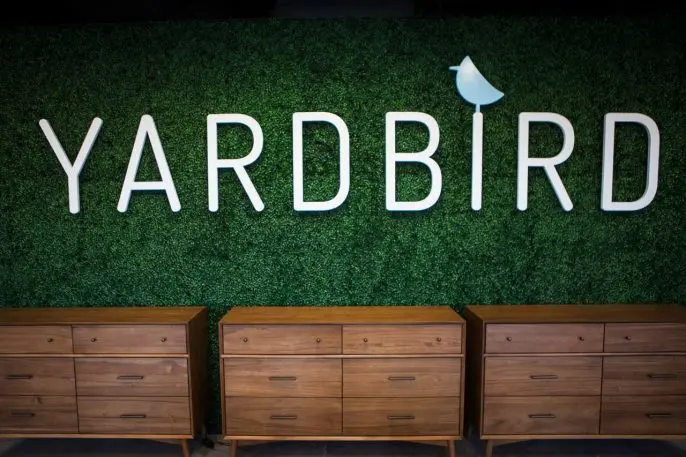
Why is good garden furniture so dang expensive?
It’s not easy to furnish a deck or backyard. You can buy a garden furniture set for under $1,000 from Home Depot or Target, but you’ll sacrifice on quality (and you’ll have to assemble it yourself). Brands ranging from Pottery Barn and Restoration Hardware to Dedon and Castelle make durable pieces, but it could cost upwards of $10,000 to outfit your yard. And you’ll probably need to trek a showroom or retailer to pick your pieces, then figure out a way to schlep them to your house.
When Dillon and his then-girlfriend, now-wife Rachel moved into an apartment in New York that had a deck, he found himself scratching his head about why it was so complicated and expensive to get durable outdoor furniture. “We wanted the design, comfort, and quality of those higher-end designs,” Dillon says. “We liked the thicker cushions and the Sunbrella fabric that doesn’t fade. But we didn’t have five grand to spend.”
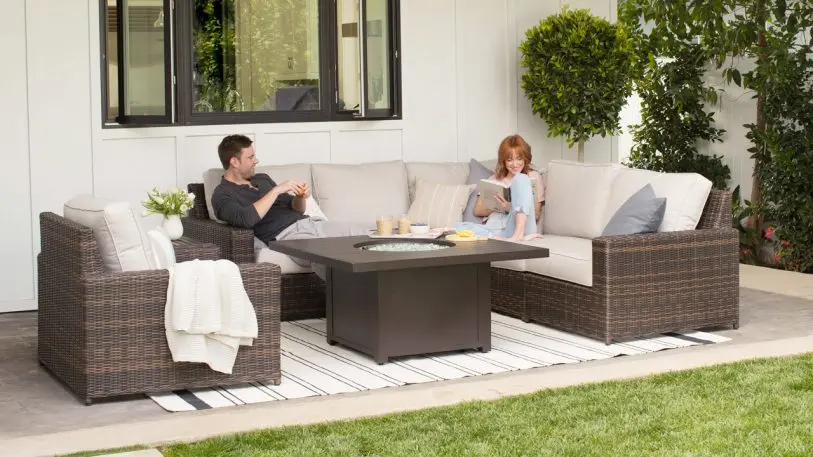
Dillon’s father, Bob, happened to have spent some time in the outdoor furniture business, creating pieces that would be sold at retailers like Home Depot, so Dillon began picking his brain about the complexities of the furniture supply chain. “It turns out, if you go to a factory that makes furniture high-end brands, they will quote you $95 for a chair,” says Dillon. “But when you go online, you see the brand is selling it for $695.”
Dillon decided that there was space in the market for a direct-to-consumer outdoor furniture brand that sold products with a similar business model to indoor furniture brands likes Article and Burrow. He believed he could sell top-of-the-line pieces for half of what high-end brands were charging, with entire sectional sets with tables going for between $2,000 and $2,500. And he could do this with fast and free shipping. Then in his late twenties, Dillon decided to cofound his own startup, YardBird, around the idea, along with his father. Dillon’s brother, David, joined the company as the head of design.
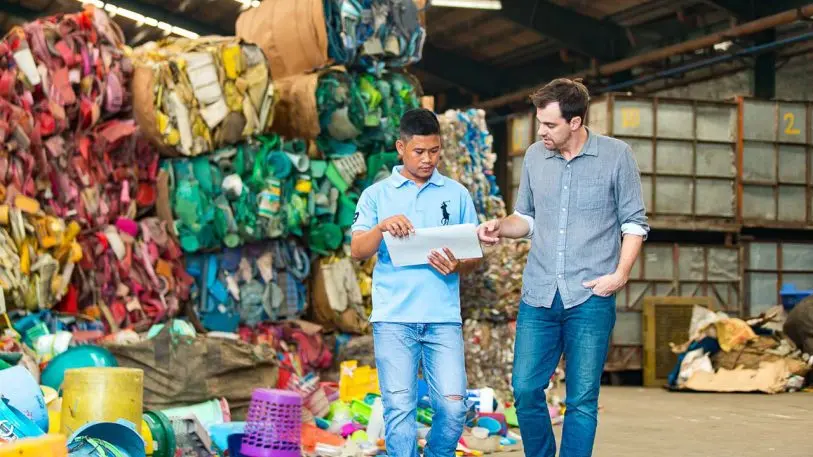
Plastic, plastic, everywhere
Unfazed by the idea of visiting furniture manufacturing facilities around the world to build Yardbird’s supply chain, Dillon ended up spending time in Bangkok, Hong Kong, and Jakarta as he developed the business. But he came across something that troubled him: The beaches were literally clogged with plastic. As he did more research, he discovered that much of the world’s plastic debris comes from five countries: Thailand, Vietnam, China, the Philippines, and Indonesia. “I wasn’t a big environmentalist before I lived in Asia,” he says. “But the more we traveled the less we could ignore the problem.”
The factories they visited relied heavily on plastic to create furniture–wicker, for instance, is made out of resin, which is essentially plastic. It occurred to him that if he could find a way to use plastic intercepted from the ocean to create his furniture, he would be able to create a business that did not add to the plastic pollution problem, but rather helped to alleviate it.
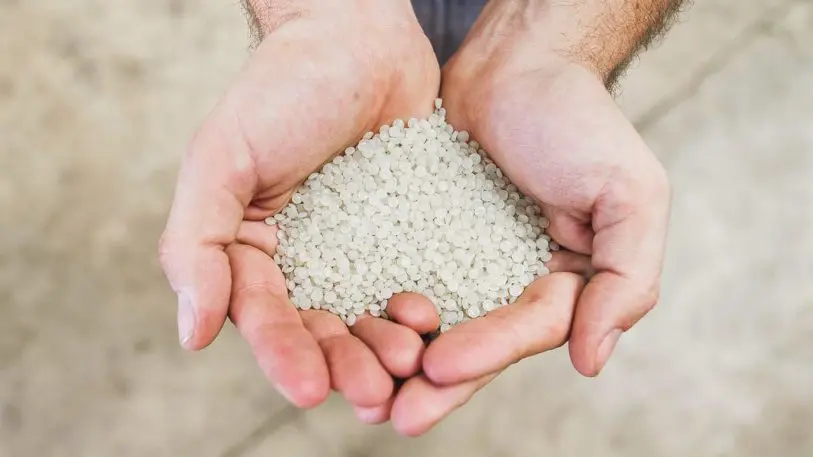
So Dillon hired a team of 35 people in Manila to collect plastic from the ocean. Yardbird pays these collectors per kilogram of plastic, then bundles all that material up and sends it to a plastic recycling facility where it gets cleaned, melted, and turned into pellets of plastic again. Working with his resin supplier, they found a way to use this recycled plastic instead of virgin plastic. Of course, it would have been easier for Dillon to buy ocean-derived plastic from a supplier, but he found that this was far more expensive than doing it himself. At every stage of the process, Yardbird tries to cut out middlemen.
“I talked to suppliers and found that their pricing was double what would pay if we just did it ourselves,” he says. “I thought, wow, this would not help our business model at all. I’ve gone pretty far upstream with all our materials: The only thing we don’t source ourselves is aluminum.”
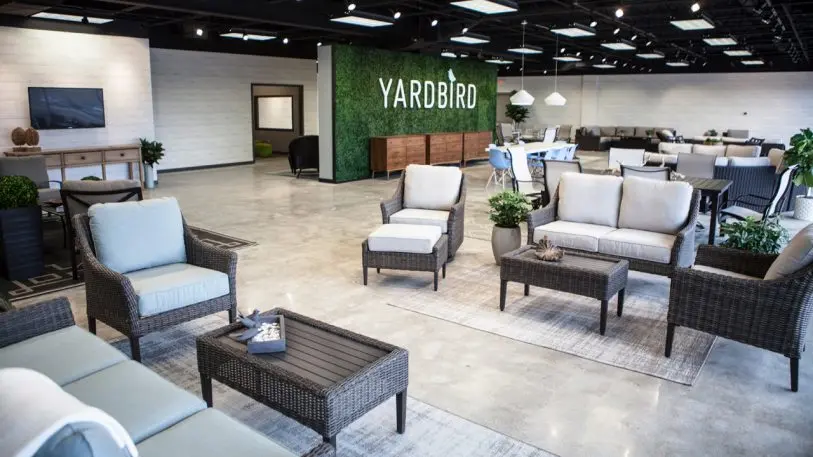
Yardbird Takes Flight
Dillon spent more than three years in Asia, identifying how he could get the best materials at the best possible prices. He often spent weeks at a time at factories, sleeping in on-site living quarters alongside workers. “We work with three primary factories, and I had a flat in two of those factories, where I would sleep if I traveled on my own for most of three years,” he says. “In the United States this seems somewhat foreign, but as a perk in China, factories will have dorms that can accommodate you and your family, so you don’t have to pay rent.”
By 2017, he was ready to launch his first collection in the United States. To test out the market, Dillon imported a million dollars’ worth of furniture to Minneapolis, where he is now based. In the spring, he launched a website and a pop-up shop–and all of the inventory was snapped up in less than a month. The following year, Yardbird brought in 4 million dollars’ worth of furniture, which again sold out within months.
This year, the company is expanding across every part of the business. Yardbird is increasing the number of different styles it is offering, with some pieces that are more classic and others that are more modern. Beyond sofas, armchairs, and sectionals, the company also has fire tables, and has recently expanded into matching cushions. The company will continue to offer a showroom experience in Minneapolis, as well as in other cities, but it will also market itself through its website. Right now, 40% of purchases come from the site, and Yardbird will continue marketing online to capture consumers who want to buy their outdoor furniture from the comfort of their sofa.
Dillon says that many of his customers are millennials who have moved to suburbs near big cities like New York, Boston, and San Francisco–and who tend to be more comfortable buying their products online. The brand also attracts some older customers who prefer to look at their furniture before buying, but are dissatisfied with their current options. Right now, the average Yardbird customer spends about $2,500, which is enough to outfit a patio with a sectional and a table. This is about double what a Target shopper would spend, but about half of what they would pay at Restoration Hardware.
For the most part, Yardbird hasn’t made its sustainable practices the primary focus of its marketing. Instead, it trumpets the quality of the products and their good value for money. “What we’ve found is that customers get excited about the design, the price, and the comfort of the products,” Dillon says. “The environment tends to be a secondary concern. But the exception to that is California: Californian buyers who call customer service are most interested in learning about sustainability and where we source our materials.”
It’s easy to see that changing soon, since more consumers are worried about the state of the planet and their personal environmental footprint. With a wave of innovation around plastic-free or recycled plastic products, there’s no need to compromise great design for sustainability. “It takes work, but I really do believe you can have everything: Good value, eco-friendly materials, and beautiful design,” Dillon says. “It’s not true you have to trade off one for another.”
Recognize your brand’s excellence by applying to this year’s Brands That Matter Awards before the early-rate deadline, May 3.
